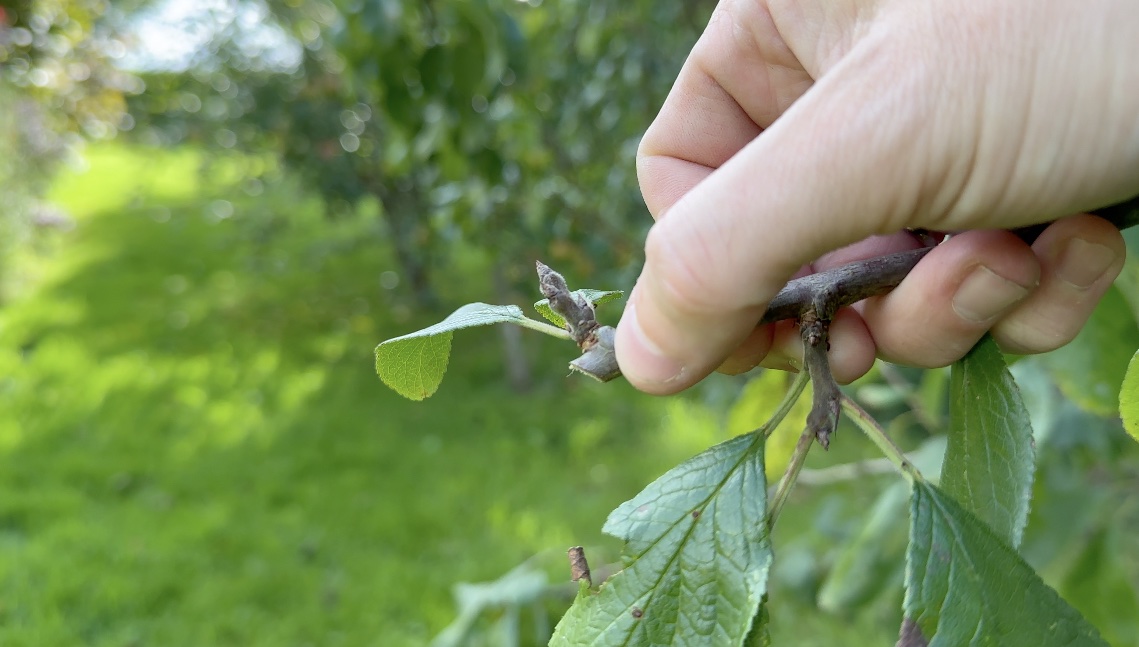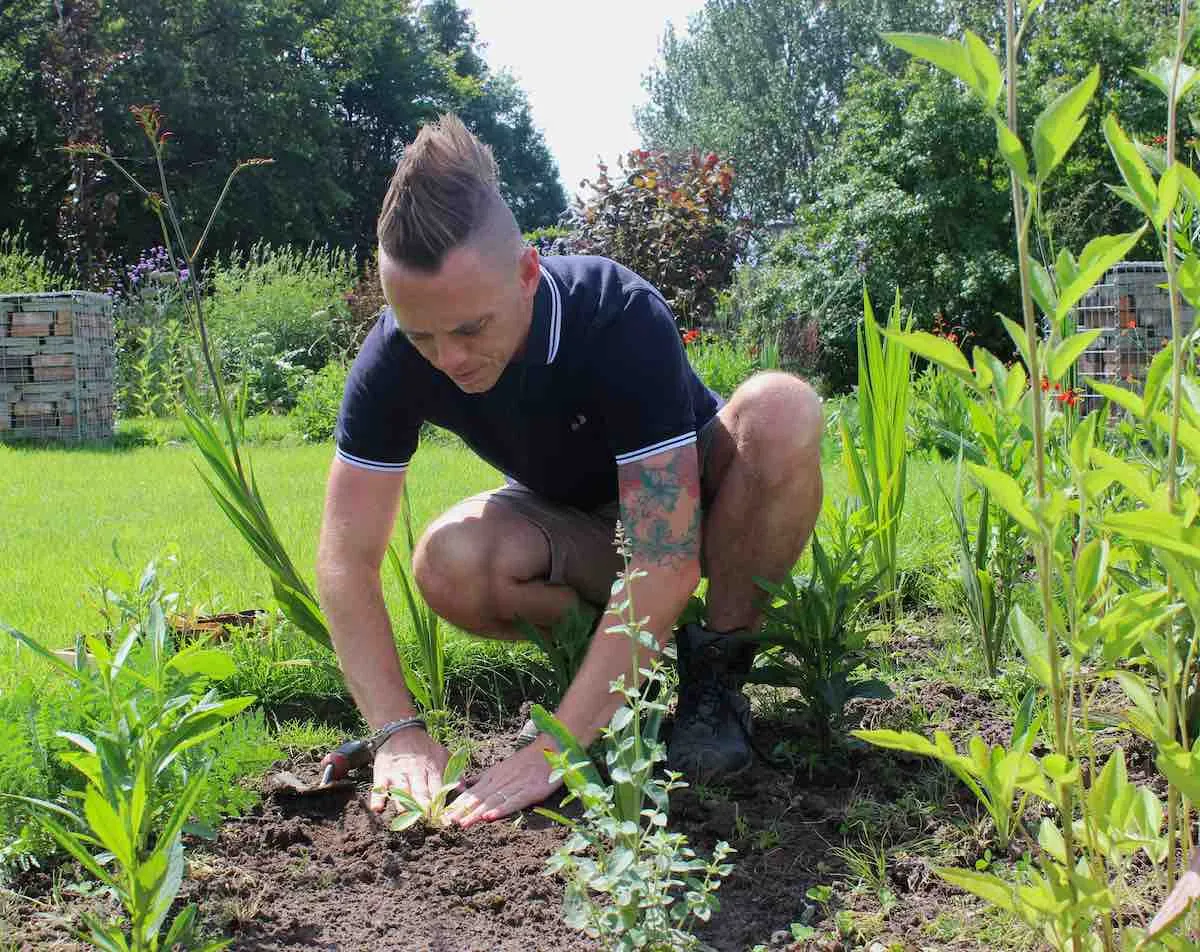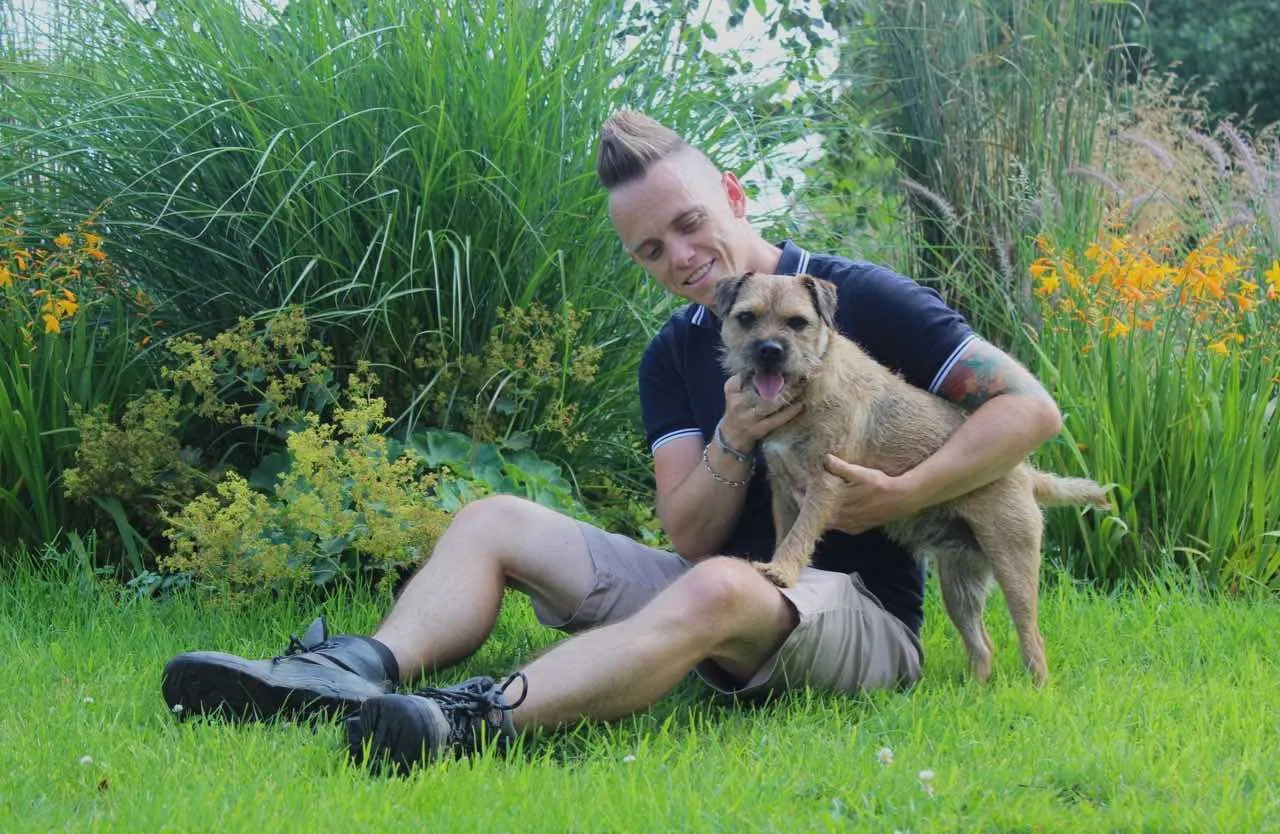Hi Chris,
Thanks for your comment about beginner pruning of plants in pots! It's one I get asked a lot.
There are a few rules for pruning, which I'll go over here and then answer your specific plant queries if that's ok along with adding video guides as to how to do all of this. But don't panic...pruning is easy....once you know what and why you're cutting what off!
1. Understand Why You're Pruning
Before you start cutting, it's crucial to understand the purpose of pruning:
- Remove Dead or Diseased Growth: Pruning removes dead, damaged, or diseased branches to improve overall plant health. (This is sometimes known or referred to as removing the 3 d's. Disease, Damage and Dead)
- Shape and Size Control: Pruning helps control the size and shape of your plants, keeping them in proportion with your garden.
- Stimulate Growth: Proper pruning encourages new growth, better flowering, and fruit production.
- Improve Air Circulation: Thinning out dense growth allows air and sunlight to reach all parts of the plant, reducing the risk of disease.
2. Gather the Right Tools
Invest in good-quality pruning tools, including:
- Pruning Secateurs: Ideal for small branches and twigs up to 1/2 inch in diameter.
- Loppers: For larger branches up to 2 inches thick.
- Pruning Saw: Use for branches over 2 inches in diameter.
- Gloves: To protect your hands.
- Safety Glasses: To protect your eyes.

3. Timing Matters
Prune at the right time for the specific plant, as timing varies by species. In general:
- Spring: Many evergreen shrubs and trees are best pruned in late winter or early spring before new growth begins.
- Summer: Some plants benefit from summer pruning to control their size and shape such as Cherry Trees.
- Fall/Winter: Pruning deciduous during late fall or winter is ideal for removing dead or diseased branches.
4. Start with Dead and Diseased Branches
Identify and remove dead or diseased branches first. These branches can be a source of infection or attract pests. Make clean cuts just outside the branch collar (the swollen area where the branch meets the trunk).
5. Cut at the Right Angle
When making cuts, ensure they are at a slight angle just above a bud or lateral branch. Angle the cut away from the bud or branch to promote outward growth.

6. Thin Out Overcrowded Growth
If your plant is too dense, identify and remove branches that are crossing each other, growing inward, or overcrowding the centre of the plant. This improves air circulation and sunlight penetration.
Ok, so let's look at your container plants and when to prune them.
When to prune a cherry tree?
We always prune cherries in mid to late summer after they have fruited. Never in winter due to silverleaf disease. Late September really is too late as we head into autumn, so wait until next spring now before you prune it. Your cherry tree also needs to go on a much bigger pot and be fed once a year with a good liquid plant feed during growing/fruiting season.
https://youtu.be/EWPEuJ48kmU
When to prune roses
Roses need pruning in later winter, check out my detailed rose pruning guide here.
https://youtu.be/-Occ2WuIBnU
https://youtu.be/SKnDofyV2PQ
When to prune Jasmin?
I would only prune climbers like evergreen Jasmin when they get in the way of something. I.e. remove bits that grow in the wrong place. Always in early spring.
When to mulch?
You're correct; mulching is best undertaken in early spring and or autumn each year. Especially for container plants that need feeding as they don't have access to the soil beneath them for nutrition.
https://youtu.be/ptBotSa2wpw
I hope that helps!
Lee
Hi Chris,
Thanks for your comment about beginner pruning of plants in pots! It's one I get asked a lot.
There are a few rules for pruning, which I'll go over here and then answer your specific plant queries if that's ok along with adding video guides as to how to do all of this. But don't panic...pruning is easy....once you know what and why you're cutting what off!
1. Understand Why You're Pruning
Before you start cutting, it's crucial to understand the purpose of pruning:
- Remove Dead or Diseased Growth: Pruning removes dead, damaged, or diseased branches to improve overall plant health. (This is sometimes known or referred to as removing the 3 d's. Disease, Damage and Dead)
- Shape and Size Control: Pruning helps control the size and shape of your plants, keeping them in proportion with your garden.
- Stimulate Growth: Proper pruning encourages new growth, better flowering, and fruit production.
- Improve Air Circulation: Thinning out dense growth allows air and sunlight to reach all parts of the plant, reducing the risk of disease.
2. Gather the Right Tools
Invest in good-quality pruning tools, including:
- Pruning Secateurs: Ideal for small branches and twigs up to 1/2 inch in diameter.
- Loppers: For larger branches up to 2 inches thick.
- Pruning Saw: Use for branches over 2 inches in diameter.
- Gloves: To protect your hands.
- Safety Glasses: To protect your eyes.

3. Timing Matters
Prune at the right time for the specific plant, as timing varies by species. In general:
- Spring: Many evergreen shrubs and trees are best pruned in late winter or early spring before new growth begins.
- Summer: Some plants benefit from summer pruning to control their size and shape such as Cherry Trees.
- Fall/Winter: Pruning deciduous during late fall or winter is ideal for removing dead or diseased branches.
4. Start with Dead and Diseased Branches
Identify and remove dead or diseased branches first. These branches can be a source of infection or attract pests. Make clean cuts just outside the branch collar (the swollen area where the branch meets the trunk).
5. Cut at the Right Angle
When making cuts, ensure they are at a slight angle just above a bud or lateral branch. Angle the cut away from the bud or branch to promote outward growth.

6. Thin Out Overcrowded Growth
If your plant is too dense, identify and remove branches that are crossing each other, growing inward, or overcrowding the centre of the plant. This improves air circulation and sunlight penetration.
Ok, so let's look at your container plants and when to prune them.
When to prune a cherry tree?
We always prune cherries in mid to late summer after they have fruited. Never in winter due to silverleaf disease. Late September really is too late as we head into autumn, so wait until next spring now before you prune it. Your cherry tree also needs to go on a much bigger pot and be fed once a year with a good liquid plant feed during growing/fruiting season.
When to prune roses
Roses need pruning in later winter, check out my detailed rose pruning guide here.
When to prune Jasmin?
I would only prune climbers like evergreen Jasmin when they get in the way of something. I.e. remove bits that grow in the wrong place. Always in early spring.
When to mulch?
You're correct; mulching is best undertaken in early spring and or autumn each year. Especially for container plants that need feeding as they don't have access to the soil beneath them for nutrition.
I hope that helps!
Lee
 Lee Burkhill: Award Winning Designer & BBC 1's Garden Rescue Presenters Official Blog
Lee Burkhill: Award Winning Designer & BBC 1's Garden Rescue Presenters Official Blog



